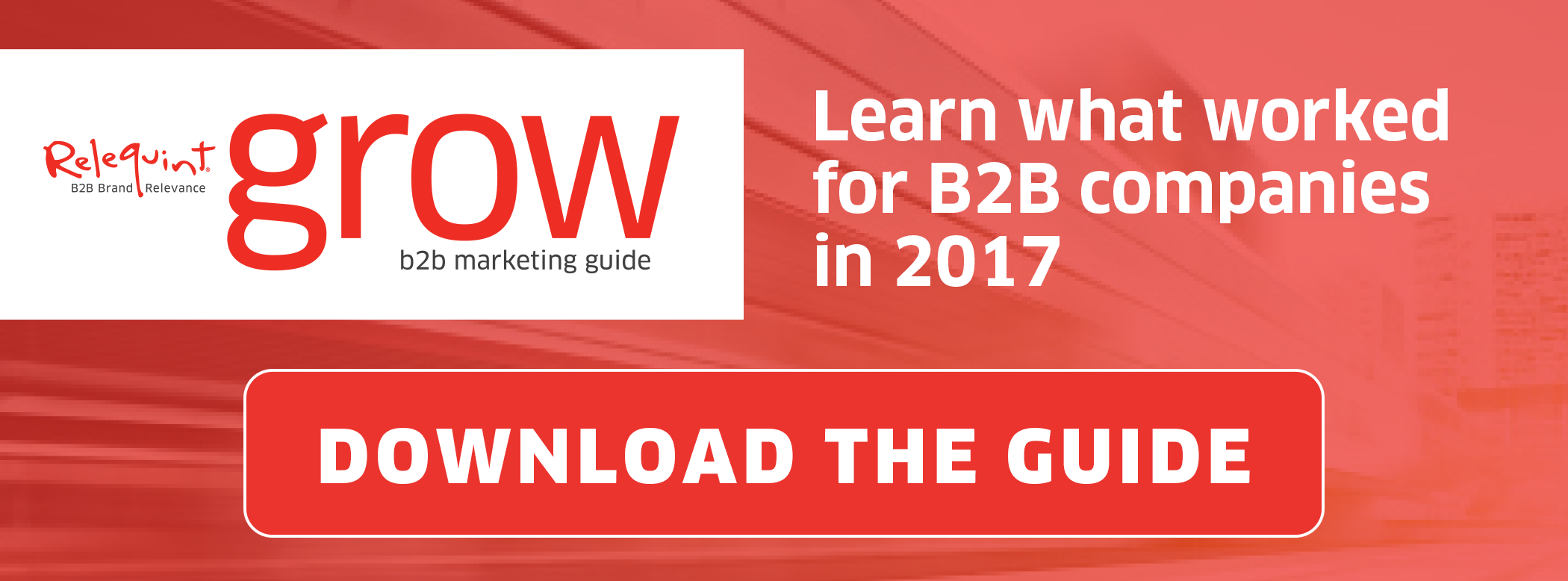 According to 85 percent of marketers, lead generation is at the top of the list of goals they're trying to achieve with marketing efforts. In such a competitive market, improving your healthcare SaaS lead generation is essential. Here are six winning strategies to keep fresh leads coming in.
According to 85 percent of marketers, lead generation is at the top of the list of goals they're trying to achieve with marketing efforts. In such a competitive market, improving your healthcare SaaS lead generation is essential. Here are six winning strategies to keep fresh leads coming in.
1. Use Gated Content to Guide a Lead Through Your Sales Funnel
No matter how much traffic you bring to your website, if it's not ready to convert, you won't get the leads you were hoping for. As visitors browse your website and engage with your content, you should be providing a path for the next steps to take. For example, are there CTAs with each blog post that direct readers to related content? Do your busiest pages have CTAs that point to lead-gen landing pages with gated content? Do your thank-you pages contain additional CTAs so visitors see more content that’s relevant to their buyer’s journey?
The idea behind this strategy is to create content so useful that when readers come to a gated landing page, they’ll be willing to exchange their contact information to get the content. Gated content isn’t for those at the very top of the funnel, as they may not have enough trust and interest in your products or services yet. But when used in conjunction with open and informative content such as blogs, gated content can be a very successful way to generate leads.
Some examples of content to create and gate include whitepapers, ebooks, and case studies. One study found these types of gated content to deliver conversion rates between 19 and 45 percent. The secret to success here is short, easy-to-complete forms.
And your work doesn’t stop once a lead has submitted a form. Be sure to follow up with them by sending them a series of lead-nurturing emails with additional educational content and offers that will guide them further down the sales funnel.
2. Leverage LinkedIn
Because everyone on LinkedIn is in "work mode" in one way or another, it's the best social platform for healthcare SaaS lead generation. Sharing content is one way, but publishing directly on LinkedIn Pulse helps you stand out as a leader. Don't forget to include a compelling CTA with each post to draw readers to your landing pages.
In addition to publishing regularly, make sure you optimize your LinkedIn company page for search, segment your content with showcase pages, join relevant LinkedIn groups. Read more about how to get the most out of LinkedIn for B2B marketing.
3. Spend Time Listening
Along with leading the conversation on social media, make sure to spend time listening to what your audience is saying, too. Many buyers turn to social networks to ask questions about services and learn about new solutions, and there are two ways to turn these conversations into leads. The first is to reach out directly to answer questions and provide solutions. The second is to use those questions to generate more content to reach others who may have the same concerns.
4. Continually Test and Optimize Your Website
Your website shouldn't be a static object. Instead, continually review landing page conversion rates and test different changes to find out what improves lead generation and what doesn’t. One study found that companies that enjoy higher conversion rates tend to use 50 percent more tests than the others.
You might think that should start by testing changes to your low-converting landing pages, but it will take longer to get results that way. Instead, test noticeable changes to your high-converting landing pages first to drive even better results.
Test the following changes one at a time to see which one is the most effective:
- The headline. Could it be more succinct, stronger, or more convincing?
- The banner image or hero shot. Could it be more engaging or better reflect the value of your offer?
- The amount of copy on the page. Shorter is usually better, but if your copy is already short, experiment with more detailed copy to test how it performs. And if you have a lot of copy on the page, try boiling it down to one paragraph and a few key bullet points.
- The Call-to-Action text, size, color and design. Test each of these elements one at a time, too.
- The form length. Usually, you don’t want to scare off prospects by requiring them to fill out too many form fields. But if you need more data to qualify them, test various amounts of information gathering. Then you can decide what bounce rate you can accept when weighed against the additional data you’ve collected.
5. Free Trial
For some buyers, there's not enough content in the world that will help them make a decision. Instead, this group likes a hands-on approach and having the opportunity to try out your software without any commitment is how you drive leads with this segment of your audience. One study of SaaS free trials found an average sign-up rate of about 36 percent, with some companies enjoying a sign-up rate over 70 percent.
Follow-up is critical with leads who are testing a free trial as they are likely to have lots of questions and plenty of feedback about their experience. This is your opportunity to personalize their experience so they feel valued and encouraged to take the final step and sign up for the complete package.
6. Request a Quote
Some of your quietest potential leads may be doing all their homework under the radar by engaging with content that is openly available and discussing options with colleagues and users on the web. For this segment of your audience, you won't hear from them until they are ready for bids and quotes.
First, make sure your website has CTAs for quote and information requests prominently featured to make it easy for these visitors to find them. Also, you’ll be able to better see the attribution path these visitors take if they make their requests separately from the general "contact us" link.
Then, when you do deliver pricing and information, make sure it also includes comparisons to your closest competitors as this group is likely to be comparing requests from several vendors. Make it easy to see why you should come out on top.
Generating leads in the healthcare SaaS sector means meeting prospects at various stages of the buying cycle with lots of ways to interact with your company and your solutions. The key to boosting leads is a diversified approach, and personalizing their experience with content that speaks to their needs. ![]()







 By
By 
